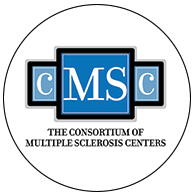Using a gaming camera that detects movement and computer algorithms that quantify people’s walking patterns can help clinicians objectively monitor the differences in gait of multiple sclerosis (MS) patients compared to healthy individuals, a study says. In current clinical practice, the walking movement of MS patients is usually assessed by their doctors, and subjective evaluations may distort results: two different clinicians may give the same patient different evaluations.
Using the new technique can reduce potential for human error, the findings showed. “This tool may help the clinician provide a better diagnosis of gait pathology, and may be used to observe if a prescribed medication has been effective on the gait of the patient or not,” said lead researcher Farnood Gholami from McGill University in Montreal, Canada. “Our developed framework can likely be used for other diseases causing gait abnormalities as well, for instance Parkinson’s disease,” Gholami said.
For the study, the researchers tested whether the Microsoft Kinect — a 3D depth-sensing camera used in interactive video activities such as tennis and dancing — could detect the differences in gait of MS patients compared to healthy individuals. Gholami captured the movement of 10 MS patients and 10 members of an age-and-sex-matched control group using the Kinect device. The MS patients had previously been assessed for gait abnormalities using the traditional clinician method.
Using the data, the team then developed computer algorithms that quantified gait characteristics of MS patients and healthy people. The investigators found that gait characteristics measured with the Kinect camera and analysed with the developed algorithms were reproducible when assessed at one visit and were different between MS patients and the healthy individuals. Moreover, the gait characteristics of MS patients obtained by the algorithm were correlated with clinical measures of gait.
In addition, the algorithms could mathematically define the characteristics of gait in MS patients at different severity levels, accurately determining his/her level of gait abnormality. The tool could be useful “to assess treatment effects of certain interventions such as rehabilitation or medication, and to document MS disease progression as reflected by gait deterioration. It may also be useful as a measure in clinical trials”, Daria Trojan from Montreal Neurological Institute and Hospital said. The findings were reported in the IEEE Journal of Biomedical and Health Informatics.












